Starting and running a food blog, as easy as it sounds, is actually a lot of work. From the days you spend perfecting recipes and the hours you spend mastering the the art of food photography, you still can sometimes fall short.
It’s not because your recipes suck or your photos are below average.
But instead, you’re faced with one HUGE problem – no one is reading your blog.
But don’t worry, you’re not alone.
Most blogs, food blogs included, barely reach 500 visitors a month.
But this doesn’t have to be you too!
Wouldn’t it be great if you can find ways to essentially automate your growth? Or better, find solutions that makes taking your blog from 100 visitors a month to 1,000 visitors a month without even moving a muscle?
What if you can build brand awareness and boost your food blog traffic using $20 Facebook dark posts or
Well today you’re in for a treat because I’ve put together a complete list on how you can increase your food blogs traffic in less than 1 week.
Some of these tactics are proven. Some are simple to implement. Some are difficult. Some cost money. Others are SEO nerd techniques.
But they’re all here and they are guaranteed to help you increase your food blog traffic and visitors.
Just remember, some techniques take time to take into effect while others can literally happen overnight. So patience is always important when it comes to boosting food blog traffic.
So with that being said, let’s get started.
How to Increase Food Blog Traffic and Visitors
Here are some surefire ways that will help you increase your food blog’s traffic which can lead to new opportunities, more loyal subscribers, better brand awareness, and ultimately, more money.
From social media and email marketing, to SEO and writing guest posts, here is how you can grow your food blog traffic today!
Social Media Marketing
1. Find Where Your Readers and Customers Are Socially: Just there are a bunch of social media platforms out there, doesn’t necessarily mean you have to be on all of them. Instead you should be focusing on where your readers hang out and tackle those social platforms first. If your food blog helps teaches high school kids how to cook then you better be on Snapchat and Instagram. Understand your audience and potential customers, then go find a social media platform to go communicate with them. Here’s an in-depth guide to find your audience.
2. Make Social Media Images More Appealing: Beautiful Pinterest pins, Facebook posts, and infographics leads to a higher chance for your content to be shared. Yes, your content still needs to be good, but if the image or pin is equally as appealing, you share ability will increase significantly. That’s why I recommend you use free tools like Canva to make your images more beautiful.
3. Use Deeplink.me To Grow Social Media Following: Ever used read a blog post on your phone and somewhere in the post the author tells you to follow them on Instagram and when you clicked on that link it took you to the mobile page, not the app? By using Deeplink.me your readers can go straight from your blog post to their Instagram app thus making it easier for them to follow you and like their photos. And this applies to many other apps including Pinterest and Facebook. Give it a try!
4. Create the Right Content for the Right Social Platform: Certain posts and image types work best on specific social media platforms. By understanding what type of content and media type works best on Facebook, Pinterest, Twitter, Instagram, etc, be sure to check out this amazing book.
5.Implement Social Sharing On Your Site: Using tools like SumoMe will allow readers to share your content on Facebook, Twitter, Pinterest, Tumblr, Reddit, SMS, etc. This then can lead to higher search engine rankings as well as higher social traffic to your blog.

6. Post Frequently on your Facebook Page: I recommend you post twice a day, once during peak times and once during non-peak times. You can check your Facebook post’s reach by going to the “insights” section of your page. Form there you can find the best time to post and the slowest time. By posting at non peak hours, you can improve your organic reach because there’s a greater chance for your content to stand out since not much is being published at that time by other people and pages.
7. Use Facebook Dark Posts: Facebook Dark Posts allows you to target individuals all the way down to some pretty scary and extremely detailed info. Want to market your chicken fried rice recipe to a 31 year old recently married woman who just bought a rice cooker using a VISA card 2 days ago in Orlando, FL? You can do that with Facebook Dark Posts. Check out this guide by Jon Loomer for more actionable tips on how to implement Facebook Dark Posts into your social media marketing strategy.
8. Boost Your Most Popular Facebook Posts: Thanks to Facebook’s constant change to their algorithm, it has become impossible to reach every single person that likes your Facebook page without paying a dime. That’s why you should consider boosting your posts so that all your Facebook fans can see your content. However, this also is a great way to increase the overall reach by allowing you to target other readers and demographics based on interests, age, location, etc. It’s just like Facebook dark posts but with a little less customization.
9. Aggregate and Curate Content, Even If It’s Not Yours: One of the best ways to build a following especially if you can’t produce original content at a fast enough rate is to become the news source for your industry. Curating content and packaging it in a way that’s relevant to your audience can lead to massive spikes in traffic and greater brand awareness and trust. Upworthy does a great job at this. Using this technique you can either promote other people’s content and send them to their websites or provide your 2 cents on top of their content on your site. It’s really up to you.
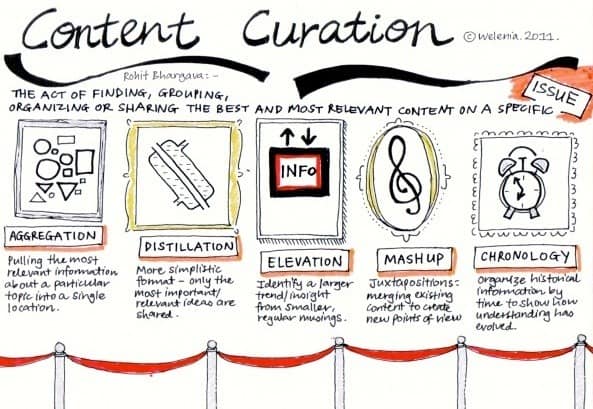
10. Tag Popular Facebook Pages or Brands in Your Facebook Posts: Most people tend to “like” many Facebook pages. So if you know your readers also like Walt Disney World, you can add or tag Walt Disney World into your Facebook posts to increase your posts reach. Although it’s not completely proven, it does appear to help get your post out there. It worked for my website, Urban Tastebud Disney plenty of times.
11. Encourage People to “Share” Instead of “Like”: By having your readers share your blog post, they will be essentially disrupting their friends and follower’s newsfeed and displaying your content. This then leads to a better chance for other people to read and share your content, thus leading to a higher search engine ranking.
12. Make a Pinterest Profile: Did you know that 72% of Pinterest’s 73 million followers are women and the most pinned category is “food and drink.” This means that if you’re a food blogger, you NEED to be on Pinterest today.
13. Use the Correct Image Dimensions for Pinterest to Maximize Sharing: Certain image size work well on Pinterest while other’s don’t. The best is of course a tall, skyscraper type image because it takes up more real estate in the Pinterest newsfeed. You can get a complete listing of the best Pinterest and other social media post dimensions by checking out this awesome Pinterest board.

14. Post Your Pins at Peak Times: The best time to post on Pinterest is on Saturday between 8-11 pm. However, during the weekday, the best time to post is during 2-4 pm. This ensures that your pins will be seen by most people which can lead to better engagement and sharing.
15. Join a Group Board: Joining a Pinterest group board is a great way to increase your Pinterest pin’s reach. By joining a board that has over 20,000 visitors, you have the potential to reach all those people and then some. Group boards has been a huge factor in my success as a food blogger and I believe that it’s something you should consider. So if you find a group board that you believe is the right fit for your content, message the board owner and see if you can contribute to it.
16. Use Pinterest Promoted Pins: Just like with Facebook and Twitter ads, Pinterest Promoted Pins allows you to target certain users with similar or specific interests and place your pin in their newsfeeds. It’s a little more pricey than Facebook dark posts but the one thing that separates this from the rest is the fact that your pin can still be repined and shared long after your Promoted Pin campaign is over.

17. Use Twitter to Engage with Potential New Readers: Like Gary Vaynerchuk always says, Twitter is like the cocktail party of social media. This is your place to talk to people and get to know them. Don’t sell to them or promote your food blog or recipes right away. Instead get to know the person and see if you can offer any assistance. It’s going to take time to build the relationship, but it’s the best way to get that person to your site without spamming them with a link to your blog post or new cookbook.
18. Use Twitter Search to Find People Interested in Your Topics: A great way to find people who are interested in your topic is to go to Twitter.com/search and search for it. Let’s say you have a gluten free cooking blog and your latest recipe is for gluten free peanut butter cookies. You can search for “gluten free milkshakes” in Twitter search and find people who have been tweeting about that subject. You can then jump in and strike up a conversation with that person. If that person responds to your tweets and you begin to chat with each other, chances are that person will check out your profile which is where you’ll have a link to your blog. This then leads us to my next tip…
19. Link to a Relevant Blog Post in Your Twitter Profile: When going back to the example above, if you’re looking for people searching for gluten free milkshakes, be sure to make the link in your Twitter profile a link to that recipe. That way you can easily get exposure for your recipe.
20. Use Urbanspoon Blog Tags If You’re a Restaurant Food Blogger: If your food blog consists mainly of restaurant reviews, then you should add your blog to Urbanspoon’s system. Unlike most review sites, Urbanspoon actually has a section for regular restaurant reviews and food blog reviews. This section is just a link to any food blogger who wrote a review about that restaurant on their site. By adding your site to Urbanspoon, you get more visitors to your blog.
Food Blog SEO – Rank Higher on Google
21. Use a Self-Hosted Food Blog: Sure using a hosted blog with WordPress, Blogspot, or Tumblr is free and easy, but in the long run you should consider buying your own domain name and launching a self-hosted blog. Sometimes having a .blogspot.com or .wordpress.com at the the end of your food blog’s URL can make you appear more like an amateur. Plus, you don’t have nearly as much flexibility and options available that you would with a self-hosted blog. You should definitely get one today!
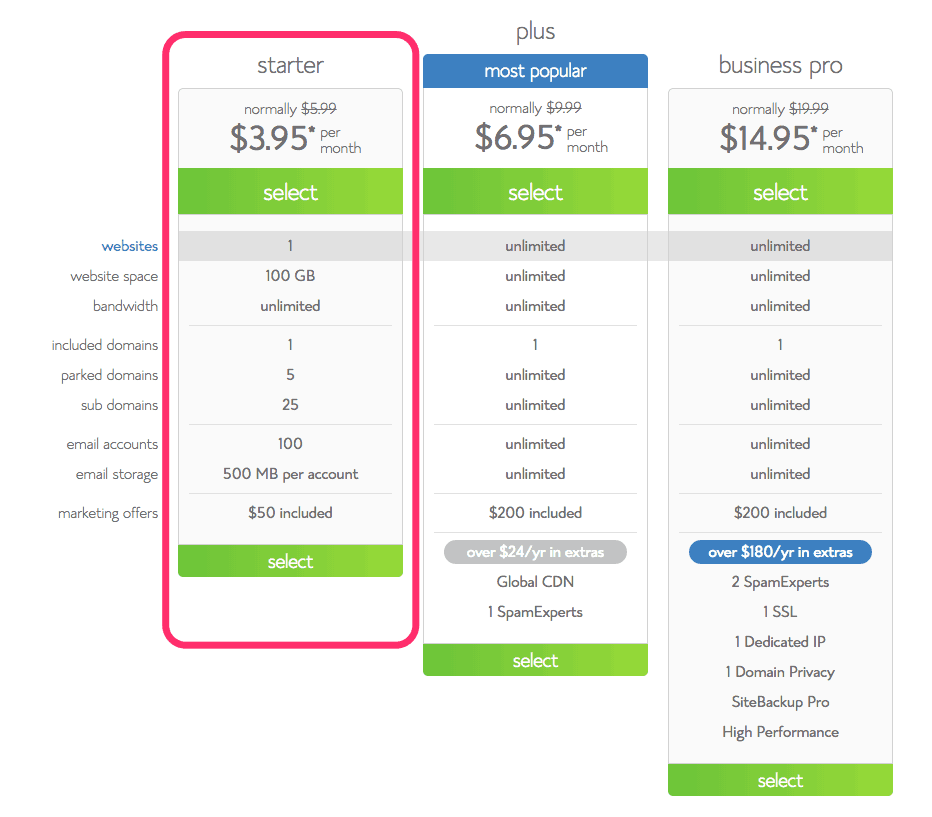
22. Focus on Long-Tail Keywords: By focusing on long tail keywords your site can rank for more specific terms. For example, a recipe like “peanut butter cookies” will be extremely hard to rank #1 on Google. However, if you’re recipe is “home-made gluten free and vegan peanut butter cookies” you have a better chance to rank #1 on that keyword. So just remember, the more specific your keyword, the less amount of competition. This will definitely improve your food blog seo.
23. Use a Content Delivery Network (CDN): A CDN increases your food blog’s speed while also allowing pages to load faster, thus positively improving your SEO. The way a CDN works it that your blog’s images and files are stored in data centers all around the world. So whenever someone visits your site, the closest CDN data center will load your site’s info. It’s a little confusing to understand at first, but here is an in-depth guide to understanding what a CDN is.
24. Make Your Food Blog Faster: Google has clearly stated that faster sites rank higher on search engines. By speeding up your site, you can drastically improve your search ranking which then can lead to a boost in traffic. First you should check and see how you can improve your food blog’s speed using this free tool. Then check out this in-depth guide on how optimizing your food blog’s speed can lead to more traffic.

25. Make Your Content Shareable to Increase Social Shares: High quality content that triggers some sort of emotion will get more shares than content that’s low quality or irrelevant. Since Google uses social shares as a ranking factor, it’s important to make your recipes and articles shareable, or better, pinnable for Pinterest.
26. Optimize Your Images: Make sure that your photos have your keywords in it for both the title tag and the alternate tag sections. Plus, make sure that your image files aren’t large, which can ultimately slow down your site and increase page load times which can hurt your SEO. I recommend using TinyPNG or TinyJPG to make image files smaller without losing any quality. You can also find more free resources for your food blog that will help make it sizzle, here.
27. Make Sure Your Keywords are in H1, H2 and H3 Tags: Google’s search engine spiders are specifically looking for your keywords in your title and h2/h3 headings in your blog post. These title tags have a positive impact on your SEO and reader readability if done properly.
28. Aim for 2,000+ Words Per Blog Post: The higher the average content length, the greater the chance for your blog posts to be ranked in the top 10 on Google. Plus if your blog posts is long and high quality, that leads to a great chance to attract more links to your food blog. But this doesn’t mean you should be writing crappy content because it still needs to be top-notch. Long, high quality long content can lead to more backlinks, more conversions, and higher search engine ranking.
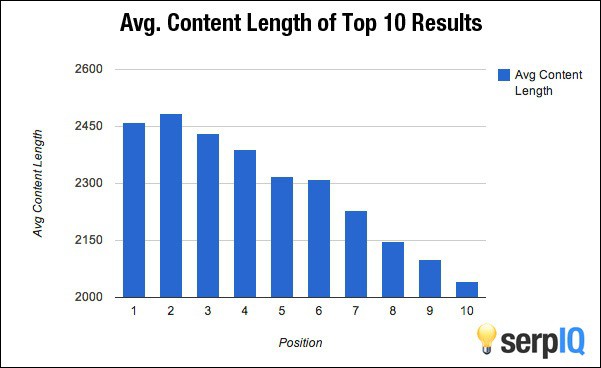
29. Use Your Keywords at Least 4-5 Times Per Post: Keywords make it possible to people to find your site on search engines. That’s why it’s important that your blog posts have the keyword you want to rank for at least 4-5 times. And don’t forget to add your keyword to both a H1 and H2 tag.
30. Link to Other Authority Sites in Your Blog Posts: Linking out to to authority sites makes your blog seem more trustworthy in the eye’s of Google and other search engines.
31. Use Bullets and Numbered Lists: Using bullets or numbered lists in your blog post help makes your content user-friendly. This in return gives you an edge in search engines since Google favors content with bullets and numbers.
32. Make Your Food Blog Mobile-Friendly: Since Google penalizes websites that aren’t mobile friendly, it’s important to ensure that your food blog uses a responsive theme that reads well on mobile devices.
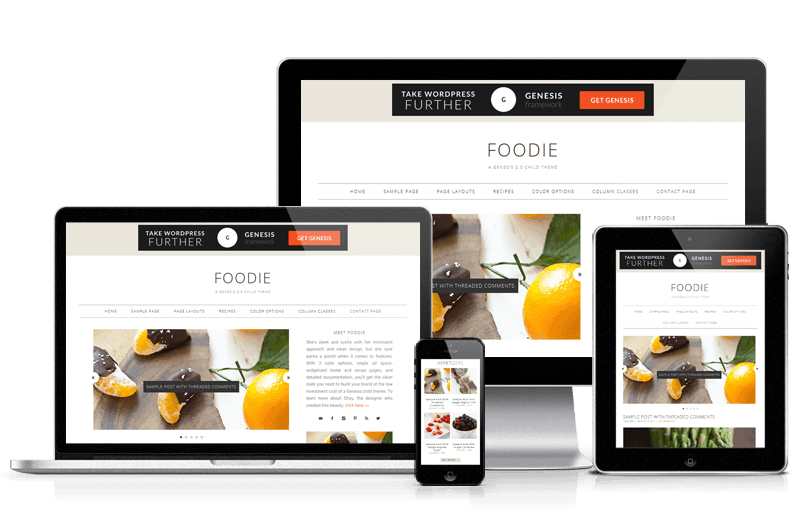
33. Stay on Top of Google’s Algorithm Changes: Google is always changing their algorithm which can essentially make or break your blog. From the penalizing sites that aren’t mobile optimized to essentially eliminating website from search engines that partake in blackhat link building, it’s essentially to know what changes have or will occur. This page by MOZ will help you immensely.
34. Use the WordPress SEO by Yoast Plugin: If you have a wordpress food blog then this plugin is a must. WordPress SEO by Yoast ensures that your website and every single post and page you publish can be found on Google or any other search engine. This truly is the best plugin to help you maximize your websites SEO potential. For more amazing plugins for food bloggers, check out our top 20.
35. Submit a Sitemap using Google Webmaster Tools: This allows Google’s search engine spiders to easily crawl your blog and find all your content, images, and pages. This is important because this is what will index your site on Google. With this, readers won’t be able to find your content, no matter how well written and hel it is.
Email Marketing and Newsletters
36. Collect Your Readers Email Addresses: Building a subscriber base and email list is the best way to promote your content and products. Plus, since you’re not building your “social media house on a rented lot” you have the safety and security you wouldn’t find on social media.
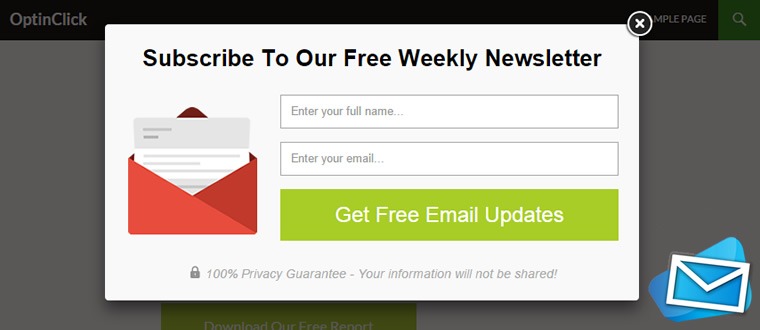
37. Offer a Killer Bonus or Free Course to Encourage Opt-Ins: Using lead magnets will give you a chance to show off some of your best stuff. Whether it it’s a free recipes or a how to guide, by giving your readers a lead magnet, you will build trust with your reader. So make sure your lead magnet provides a ton of value for your reader.
38. Offer unique opt-ins for all your blog posts or recipes: By offering something unique for every blog post, you will be able to collect email addresses at a stunning rate and grow your list enormously. For example, if you’re writing a blog post about how to save 35% the next time you’re at the grocery store and offer lead magnet that consists of a free checklist or shopping list, you are bound to collect more subscribers.
39. Write Emails That Will Get Opened: Having an email list with 20,000 people is useless if only 2,800 open your emails and 785 click through to your site. Use these tips to get emails opened, read, and clicked. Plus, don’t forget to focus on your subject line. Writing perfect email subject lines can make or break your email marketing efforts.
Content Marketing
40. Write Great Content: People don’t want to read anything that doesn’t provide any true value. So make your blog posts great.
41. Make Sure Your Recipes Truly Are Delicious: You can have a beautifully made and photographed recipe, but if it’s disgusting, chances are people won’t share it or worse, vow to never try any of your other recipes.
42. Make List Type Blog Posts: These types of blog posts, especially if numbered 10, 23, 16, or 24, will be shared more than other types of posts, according to Buzzsumo.
43. Publish Long Content: Long form posts greater than 2,000 words will be shared more and linked more than posts less than 2,000. By keeping your content long, you’ll attract more shares and new visitors.
44. Focus Less on Writing and More on Promotion: Many people tend to say that the more you post the more traffic you’ll get. Although I do believe that I also believe in using the time that would be spent writing, and instead focusing on promoting your content. If you have 5 great posts, then you should definitely consider spending your time marketing your content and getting it into the right hands.
45. Find a Gap in the Market: Is your food blog topic oversaturated? If this is the case, it’s important to find your unique angle that will separate you from the millions of food blogs out there.
46. Add Your Recipes to Food Gawker and Tastespotting: These websites will showcase your beautiful food photos and recipes and help send their readers to your blog. Now let me warn you, it can be pretty tough to get your recipes accepted into these sites, but once you do, you’ll soon start to understand how the system works.
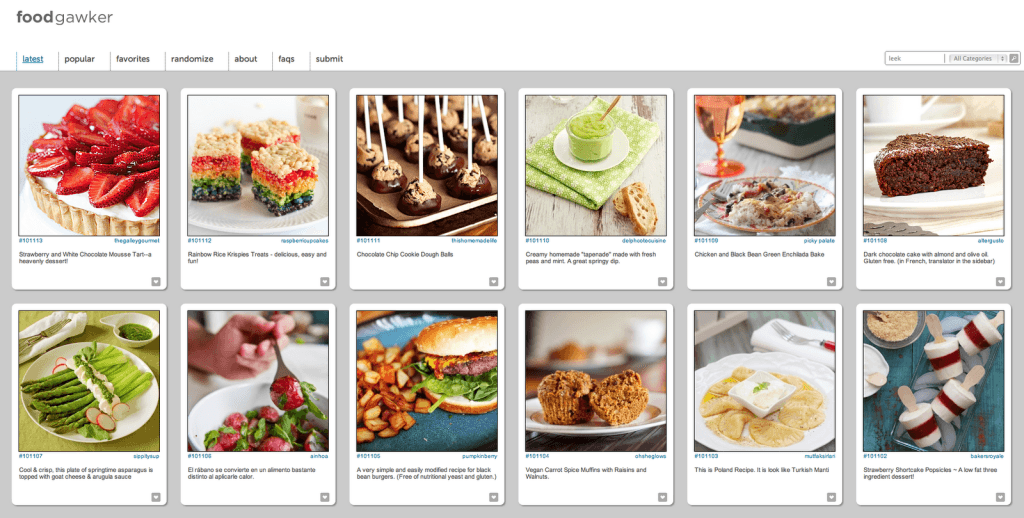
47. Write Guest Posts: Guest blogging on other people’s websites can help build your brand awareness while also bringing visitors to your site. It’s honestly a great way to get your name out there. Just make sure that your guest post is incredibly helpful, informative, and well-written.
Improve Your Food Photography
48. Master Your Food Photography Skills: By learning how to take amazing food photos, you can drastically improve the shareability and exposure of your tasty recipes. If there there are 2 things that separates average food blogs and the best, it’s the recipes and the photos. I recommend you go check out Food Photography School for over 130+ videos to help you master food photography.
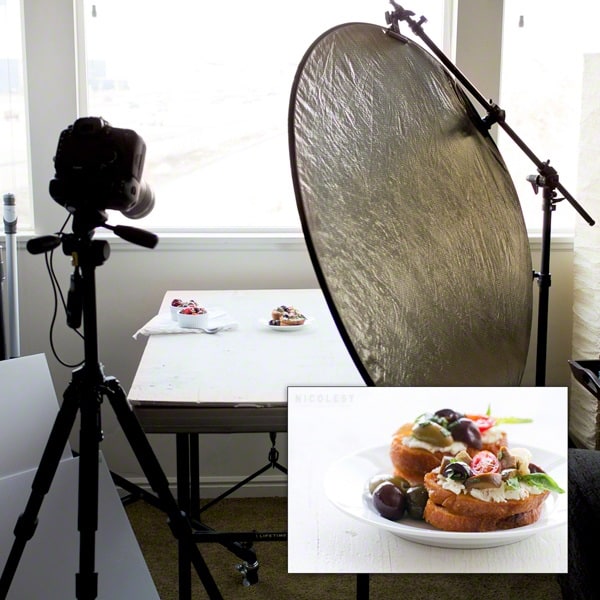
49. Better Photos Leads to More Traffic: It’s no secret that having professional looking food photos can take your food blog to the next level.
50. Join Food Blogger Pro: If you really want to take your food photos from amateur to pro, then you should join this monthly membership program by the folks who brought you Pinch of Yum. Sign up today!
Other Tips
51. Make Your Food Blog Look Beautiful: Design is king. Making sure that your site is aesthetically pleasing will keep people on your site longer while also making them subconciously trust your content more as opposed to if your site was junky and cluttered.
52. Implement White Space in Your Food Blog: Whitespace is breathing room for your eyes. It helps your readers easily read and focus on your content.
53. Join Food Blogging Communities: Joining certain communities like Food Buzz can help your recipes and food posts get exposure.
Well, That’s It, Thanks for Reading!
If you found this guide to be beneficial, please hit that share button.
Also, if you’re looking for more food blogging tips and tricks, be sure to check out these articles:
- 70+ Ways to Make Money Food Blogging
- Essential Resources for Bloggers That Will Make Your Site Sizzle
- 150+ Delicious Awesome Food Blogger Resources
Cheers.


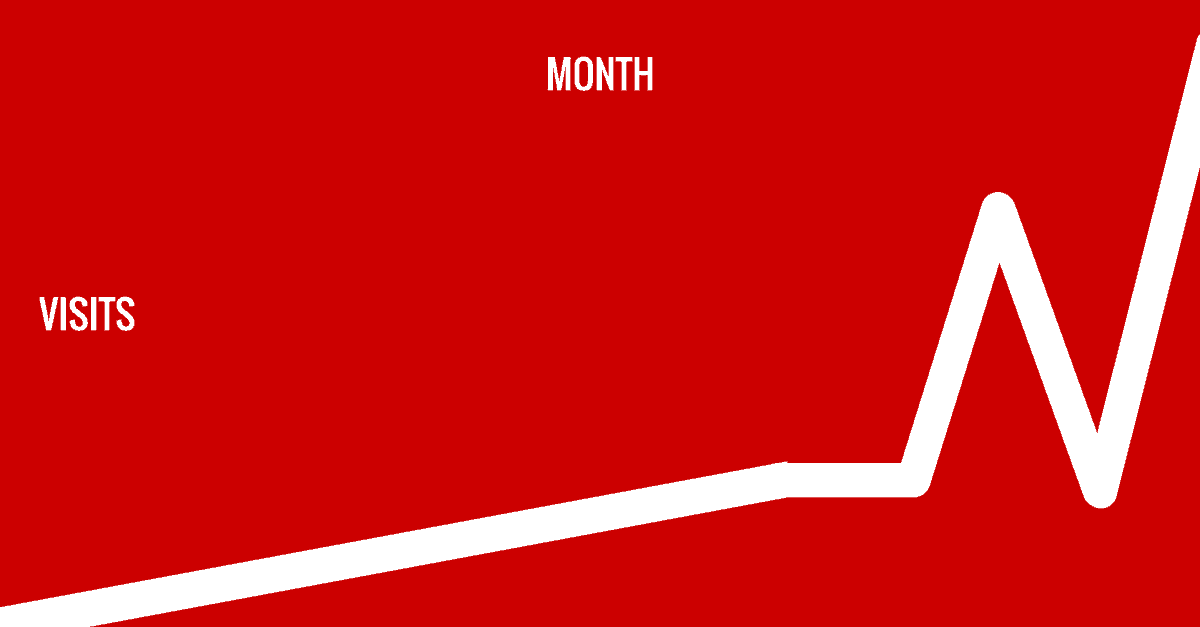




chaktty
You’ve got nice suggestion and I’m going to start working on the tips to drive traffic to my food and health blog
Meemi
WoW!. Very nice and comprehensive article. Good Job.
Bengal Tandoori
best indian restaurant in Lisbon
abiya
Most people over look the importance of SEO and the affect it has on the increase of web traffic to a blog, however in this article you pointed out some of the most common mistakes that many new bloggers and site developers find themselves in. Was really a great read, thanks for sharing.
john
Your post is very good. It is providing few new information, which I never got before. Thank u for the post.
wizzy
Thank bro, that’s completly guide for increase visitor at new blog
Kristine
This was a GREAT read for me! I just started food blogging 2 weeks ago and your tips and tricks are incredibly helpful!!!
asad
I am regular reader of your blog and no doubt it all stuff is awesome. The best thing about your sharing and posting is that you always provide content that is helpful for both the newbie and experts. Looking for more stuff and tutorials.
Debbie
Great & informative. Just what I was looking for.
Calgary AguaWeb
Blog traffic is equivalent to income and if I have to earn more I will have to use the tips that you have provided in your article. I will love to read more.
AArti
Great post .Very useful SEO strategies.
Thanks for sharing.
Jay
Wow! Thank you so much for this awesome content. I really learned so much and look forward to implementing allot of what you wrote. Im going to send your link to some of my food blogger friends!
Thank you Thank You Thank You!
Jay
TrustworthyBear.com
Awesome list! Thanks for all the advice above.
Inderjeet
It’s really a long and informative blog post about increasing traffic. There are many new things which I have learned from here.
Thanks for sharing.
soumya
Nice tips to work on. I was searching fr this. Thanks fr sharing. I came to know how to use social media effectively fr food blog from ur post.
shwetakapur91
THANK YOU OH SO MUCH, I stumbled across this post when searching ‘Food blogging for Dummies’ because I have finally decided that yes, I actually do want to take this blogging thing seriously. I am not ready to jump from blogger yet, but I sincerely appreciate all the tips. You have made this so cut and dry that I’d be a fool not to move forward with this. Thank you for taking the time to cultivate more food bloggers out there. Definitely subscribing to you as soon as I hit.